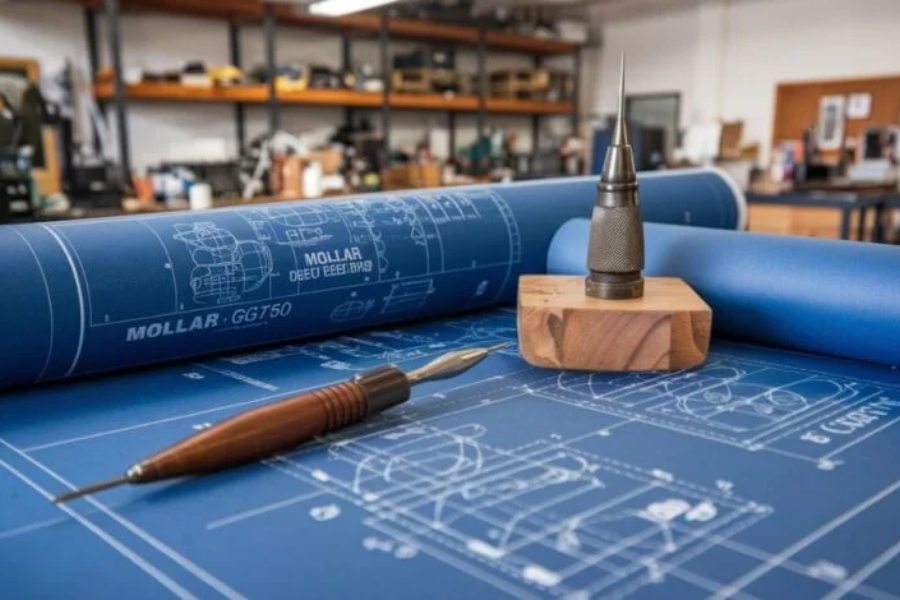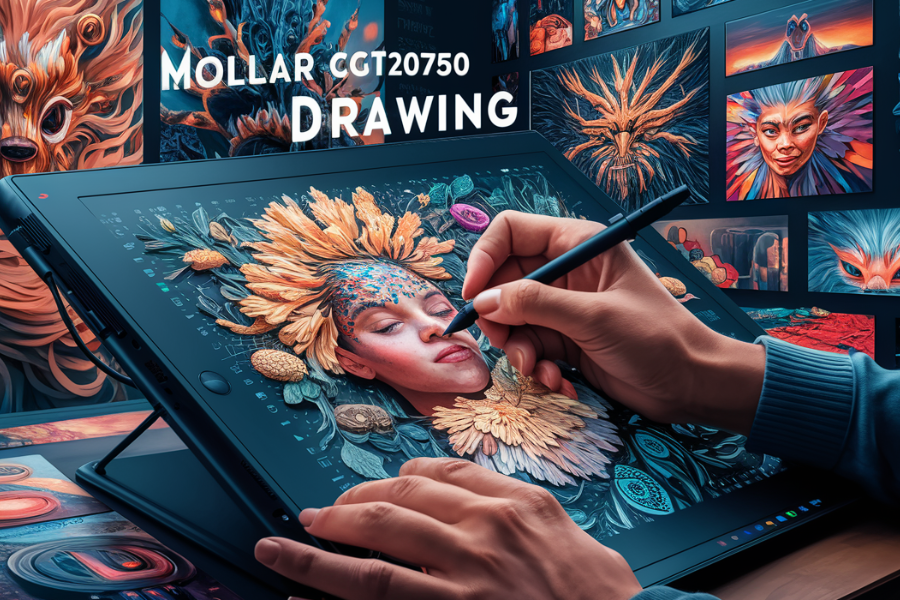Boost Your Creativity with the Mollar CGT20750 Drawing Tablet: Key Benefits
Mastering the Essentials of the Mollar CGT20750 Schematic Drawing
The Mollar CGT20750 Drawing schematic drawing tool is designed for professionals who need to produce highly accurate and adaptable drawings, whether in engineering, architecture, or electronics. It strikes a balance between precision and flexibility, allowing users to create detailed visuals that are easy to understand and interpret.
At the core of the Mollar CGT20750 Drawing is its emphasis on clarity. This tool allows you to represent intricate designs in a way that is visually engaging and easy to follow. Whether you’re drafting circuit diagrams or architectural plans, it effortlessly adapts to your specific project needs.
In addition to its precision, the tool is highly user-friendly, making it ideal for fostering creativity without sacrificing accuracy. It also enhances Mollar CGT20750 Drawing collaboration by providing clear visual concepts that others can quickly grasp and engage with.
Why Schematic Drawings Are So Effective
Schematic drawings offer a straightforward way to visualize complex ideas. By breaking down intricate systems into simpler components, they make it easier to grasp the overall concept.
One of the biggest benefits of schematic drawings is that they enhance communication. A well-designed schematic can convey complicated ideas to a broad audience, making it accessible to experts and non-experts alike.
These drawings also improve problem-solving skills. By visualizing the elements of a system, potential issues can be spotted early, saving both time and resources.
Creativity flourishes with schematic drawings too. Transforming abstract ideas into visual formats can reveal new insights or solutions that might not be obvious otherwise.
Lastly, they are an excellent tool for documentation. Schematics serve as a reliable reference point for future projects or revisions, ensuring consistency and clarity across different teams and departments.
How to Create a Schematic Drawing
To get started, gather your materials: graph paper, pencils, and a ruler to ensure your lines are precise.
First, sketch a rough layout of your design, deciding where each element will go. This will serve as the foundation of your schematic.
Next, use standard symbols for components Mollar CGT20750 Drawing such as resistors or capacitors. Consistent symbols are key for clarity.
Then, connect the components with clean, straight lines. Tidy lines help improve the readability of your schematic.
Label everything carefully—both the components and their connections—so anyone looking at the drawing can easily understand it.
Lastly, review your drawing for Mollar CGT20750 Drawing accuracy and clarity. Make any necessary adjustments, then finalize it by either inking it or transferring it to specialized software for digital diagrams.
Tips for Improving Your Schematic Drawing Skills
To truly master the Mollar CGT20750 Drawingschematic drawing, practice is essential. Consistent effort will sharpen your skills and increase your comfort with the tool and the techniques involved.
Study existing schematics to see what makes them effective. Pay attention to how lines, symbols, and layouts communicate complex information.
Invest in high-quality tools, whether that’s drafting software or traditional pencils and rulers. Better materials often lead to better results.
Don’t be afraid to experiment. Trying different styles and methods may lead to new insights and improved techniques.
Seek feedback from others with experience in schematic drawing. Constructive criticism can help you identify areas for improvement and take your skills to the next level.
Lastly, be patient with yourself. Mastery takes time, but with persistence, you’ll see significant progress and be able to create impressive, accurate schematics.
Real-World Applications and Impact of Schematic Drawings
Schematic drawings are used in a wide range of fields, including engineering and architecture. In electronics, for instance, circuit diagrams simplify complex wiring setups, allowing technicians to troubleshoot problems more efficiently.
In architecture, floor plans are indispensable for visualizing space and layout, ensuring all aspects of the design are accurately represented before construction begins.
In educational settings, flowcharts can help break down complicated processes into easier-to-understand steps, making learning more effective.
Schematic drawings don’t just provide clarity—they enhance collaboration and communication among team members. When everyone has a shared understanding of the design or system, projects tend to run more smoothly and efficiently.
Innovations in Digital Schematic Drawing Technology
Advances in digital tools have revolutionized the process of creating schematic drawings. Modern CAD (Computer-Aided Design) programs have become indispensable for engineers and designers, offering features like 3D modeling, real-time collaboration, and comprehensive symbol libraries.
Cloud-based platforms have also made it easier to share schematics across devices, enabling teams from different locations to collaborate effortlessly.
AI is another game-changer. With AI-powered tools, designers can automate repetitive tasks, get suggestions for design improvements, and even detect potential issues before they become problems.
These technological advancements are pushing the boundaries of what’s possible in schematic drawing, combining creative expression with cutting-edge technology to open up new possibilities for professionals across various industries.
FAQs:
1. What is the Mollar CGT20750 Schematic Drawing tool?
The Mollar CGT20750 Drawing is a tool designed for creating highly accurate and detailed schematic drawings used in fields like engineering, electronics, and architecture. It offers precision, flexibility, and ease of use.
2. What types of projects is the Mollar CGT20750 suitable for?
This tool is perfect for creating circuit diagrams, architectural floor plans, mechanical blueprints, and more. It adapts to different formats and styles, making it versatile for a variety of projects.
3. Can the Mollar CGT20750 handle both traditional and digital schematic drawings?
Yes, the tool is suitable for both hand-drawn sketches and digital formats. It can be used with drafting software to create digital versions of your schematics.
4. How does the Mollar CGT20750 enhance collaboration?
By producing clear and easily understandable visuals, the tool helps team members and stakeholders quickly grasp the design, improving communication and collaboration.
5. What are the advantages of using schematic drawings?
Schematic drawings simplify complex systems, improve communication, enhance problem-solving, and serve as valuable documentation for future reference.
6. Do I need prior experience to use the Mollar CGT20750?
While experience with schematic drawing techniques is helpful, the Mollar CGT20750 is designed to be user-friendly, making it accessible even for beginners.
7. Can the Mollar CGT20750 be used for educational purposes?
Yes, the tool is ideal for use in classrooms and training environments to help students and professionals learn how to visualize and interpret complex systems.
8. How do advancements in technology enhance the Mollar CGT20750’s capabilities?
Modern software, cloud technology, and AI integration enable users to create more complex and accurate drawings while streamlining tasks like sharing, collaboration, and troubleshooting.
Conclusion
The Mollar CGT20750 Drawing schematic drawing tool is an essential asset for professionals in various fields, offering the perfect blend of precision, versatility, and ease of use. Whether you’re working on complex circuit designs, architectural layouts, or mechanical blueprints, this tool allows you to create clear, engaging, and detailed visuals. Its user-friendly design promotes creativity while maintaining accuracy, making it ideal for both novices and experienced professionals. With the rise of digital tools, AI integration, and cloud technology, the Mollar CGT20750 Drawing pace with modern advancements, ensuring that users can achieve new heights in schematic design.

